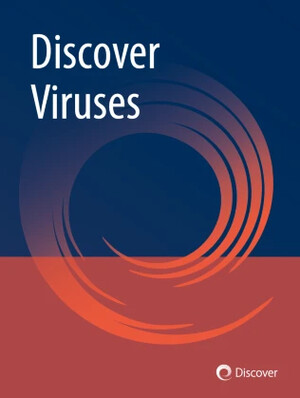
Resistance to neonicotinoids is associated with metabolic detoxification mechanisms in Anopheles coluzzii from agricultural and urban sites in southern Benin
Abstract
Background: Neonicotinoids are gradually being introduced into malaria vector control due to their mode of action that targets insect nicotinic acetylcholine receptors (nAChRs). However, prior to scaling up novel insecticides, it is important to assess the susceptibility of the mosquito population to this molecule. The present study aimed to determine the susceptibility level of mosquitos collected from agricultural and urban sites against neonicotinoids in Benin.
Material and methods: An. gambiae sl. larvae were collected from three urban sites and two agricultural sites in southern Benin. An. gambiae sl. larvae collected from three urban and two agricultural sites in southern Benin were exposed to neonicotinoids (clothianidin, acetamiprid, and imidacloprid) for 1 hour, and mortality rates were monitored from 24h to day 7 post-exposure. After molecular identification of the samples, Taqman assays were used to genotype key pyrethroid-resistant markers, and qPCRs were performed to establish the level of expression of detoxification enzymes in resistant mosquitoes.
Results: Overall, resistance to acetamiprid and imidacloprid was observed in the five study sites surveyed whereas full susceptibility was recorded to clothianidin. Anopheles coluzzii was the only species found in all sites. TaqMan genotyping showed a very low presence of key pyrethroid-resistant markers suggesting that metabolic resistance is more implicated in neonicotinoid resistance in Anopheles. coluzzii populations from southern Benin. qPCR performed revealed overexpression of P450 genes (CYP6M2, CYP6P4, CYP6Z1, CYP6Z2, and CYP4G16) and sensory proteins (Sap1, Sap2, and Sap3).
Conclusion: This first assessment of neonicotinoid resistance in Benin showed evidence of neonicotinoid resistance in both agricultural and urban areas. However, full susceptibility to clothianidin was observed, showing that this insecticide could be used to enhance the efficacy of control tools. In addition, there is a need of an integrated approach, including coordinated education on pesticide use, to improve the overall management of insecticide resistance in both agricultural and public health sectors.
Citation
Tchigossou, G., Dossou, C., Tepa-Yotto, G., Koto, M., Atoyebi, S.M., Tossou, E., Adanzounon, D., Gouété, M., Sina, H., Tchouakui, M., Dione, M., Wondji, C. and Djouaka, R. 2024. Resistance to neonicotinoids is associated with metabolic detoxification mechanisms in <i>Anopheles coluzzii</i> from agricultural and urban sites in southern Benin. Frontiers in Tropical Diseases 5: 1339811.








